Welding gloves are designed to protect the welder’s hands from the heat, sparks, and spatter that occur during various welding processes. Different types of welding require specific gloves to provide the optimal balance of protection, dexterity, and durability.
Wearing welding gloves is essential for ensuring the safety and protection of a welder’s hands. They help prevent burns, cuts, and abrasions that can occur during welding, while also providing grip, comfort, and dexterity for precise and efficient work.
Essential Features of High-Quality Gloves
It’s important to invest in high quality welding safety gear. If you are looking for high-quality welding gloves, they should have the following essential features:
- Heat-resistant materials, such as leather or flame-resistant fabrics
- Reinforced palms and fingers for durability and protection
- Insulated lining for enhanced heat protection
- Kevlar stitching for increased strength and heat resistance
- Proper fit for comfort, dexterity, and secure grip
Here, we’ll discuss the main types of welding gloves for MIG, TIG, and stick welding.
MIG Welding Gloves
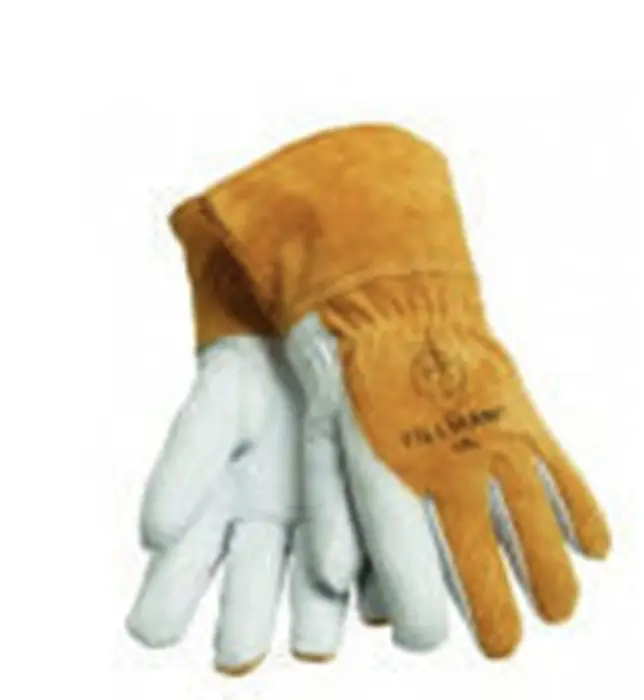
MIG (Metal Inert Gas) welding gloves are designed to provide a good level of protection while still allowing for dexterity and comfort.
These gloves are typically made from thick leather materials, such as cowhide or pigskin, which provide excellent insulation against heat and are resistant to cuts and abrasions. Some key features of MIG welding gloves include:
- Reinforced palm and finger areas for added durability
- Insulated lining to protect against heat
- Kevlar stitching for increased strength and heat resistance
- A gauntlet cuff to protect the forearm from heat and spatter
TIG Welding Gloves
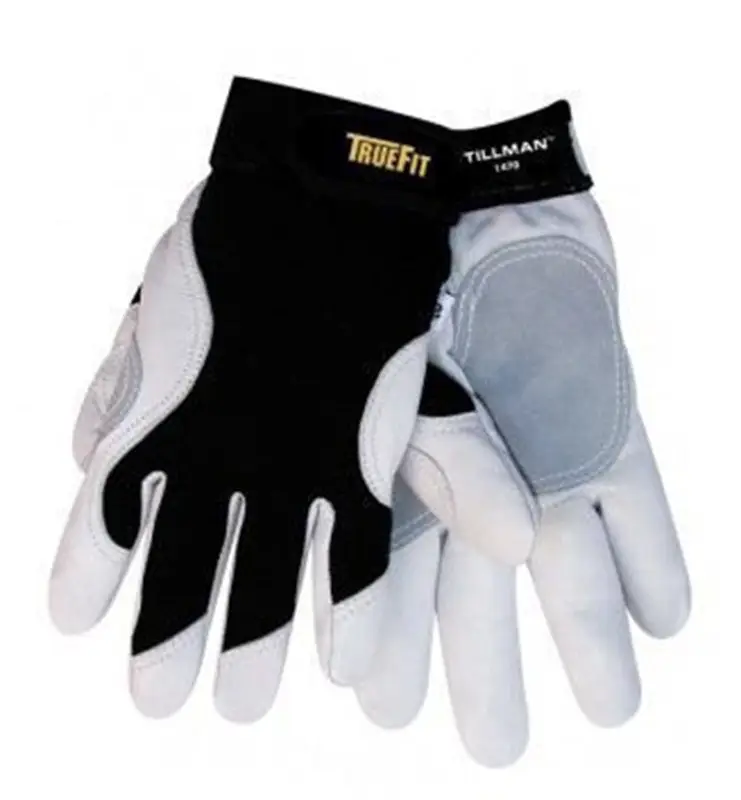
TIG (Tungsten Inert Gas) welding gloves are designed to offer maximum dexterity and precision, as TIG welding requires a high level of control and accuracy.
These gloves are typically made from thinner, more flexible materials like goatskin or deerskin, which allow for better finger movement and tactile feedback. Key features of TIG welding gloves include:
- Thin, flexible materials for enhanced dexterity
- Flame-resistant materials to protect against heat and sparks
- Seamless index finger for improved comfort and control
- Snug fit to prevent glove movement and maintain precision
Stick Welding Gloves
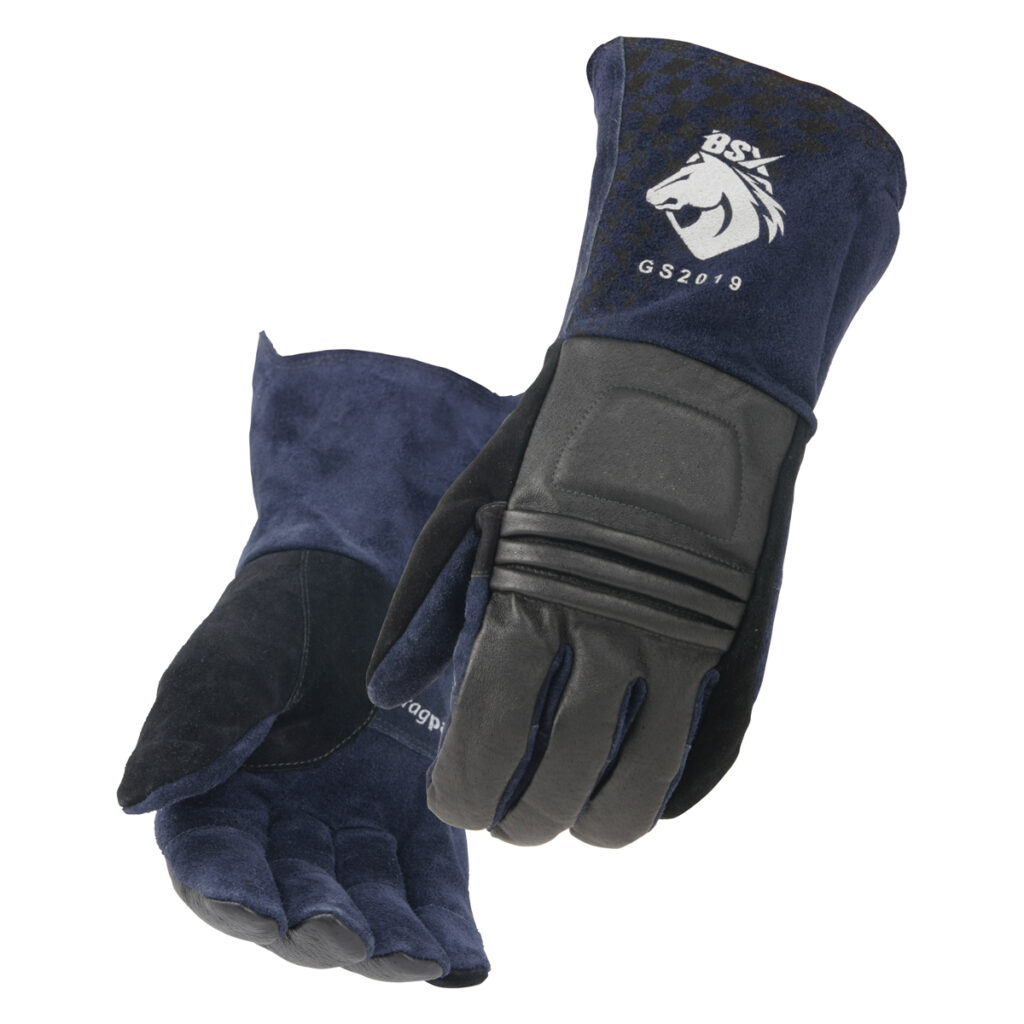
Stick welding gloves are designed for heavy-duty protection, as this welding process generates a significant amount of heat, sparks, and spatter.
These gloves are usually made from thicker, more rugged materials such as cowhide or elk skin, and feature additional layers of insulation to shield the welder’s hands from high heat. Key features of stick welding gloves include:
- Thick, durable materials for maximum protection
- Insulated lining to guard against high heat
- Reinforced areas for increased durability and resistance to wear
- Extended gauntlet cuff for added forearm protection
Each type of welding glove is specifically designed to cater to the unique demands of its corresponding welding process. It’s essential to choose the right glove for your specific needs to ensure optimal protection, comfort, and performance.
Tips on Selecting the Right Welding Gloves
- Choose gloves based on the type of welding you perform (MIG, TIG, or stick)
- Look for gloves made from heat-resistant materials like leather
- Ensure the gloves have a proper fit for optimal comfort and dexterity
- Look for reinforced palms and fingers for added durability
- Select gloves with Kevlar stitching for increased strength and heat resistance
- Consider gloves with padded palms for added comfort and protection
- Opt for gloves with a gauntlet cuff to protect the forearm
- Check the gloves’ heat resistance rating to ensure they can handle the heat of your welding process
- Look for gloves with a seamless index finger for improved comfort and control
- Consider gloves with moisture-wicking lining to keep your hands dry and comfortable
- Research and read reviews from other welders to help make an informed decision
Safety Precautions using your Welding Gloves
- Inspect your gloves regularly for signs of wear or damage
- Replace gloves if they become worn, damaged, or too contaminated
- Ensure gloves are properly fitted and secure before starting any welding task
- Avoid touching hot surfaces or materials with your gloves
- Remove gloves safely to avoid contact with hot or sharp edges
How To Cleaning of Your Welding Gloves
Proper cleaning and maintenance can extend the life of your welding gloves by removing damage, and preserving the gloves’ protective qualities. To clean and maintain your welding gloves, follow these tips:
- Remove any loose debris or dirt by gently brushing the gloves
- For leather gloves, use a damp cloth to wipe down the surface and remove any remaining dirt or grime
- Apply a leather conditioner to keep the gloves soft and supple, while also providing additional protection
- For non-leather gloves, follow the manufacturer’s cleaning instructions, which may include machine washing or hand washing with mild detergent
- Allow gloves to air dry completely before using them again
- Store gloves in a cool, dry place away from direct sunlight and heat sources to prevent degradation
Final thought
Selecting the right welding gloves and properly maintaining them are crucial for ensuring the safety, comfort, and efficiency of a welder. By understanding the different types of gloves, their essential features, and how to care for them, you can make informed decisions that will protect your hands during welding tasks and help prolong the life of your gloves.
Ref: PPE
FAQ
Do Heavy-Duty Welding Gloves Really Make a Difference?
Yes, heavy-duty welding gloves provide enhanced protection and durability compared to standard gloves. They typically feature thicker materials, additional reinforcements, and better insulation, making them suitable for more demanding welding tasks or working in harsh environments.
Why do I need to cool my Welding Gloves?
Cooling your welding gloves helps prevent heat buildup, which can lead to discomfort, reduced dexterity, and potentially cause burns. Allow gloves to cool naturally or use a cooling station, if available, to reduce heat and maintain comfort and safety during long welding sessions.
Factors that Affect your Welding Gloves
Type of welding process and associated heat levels
Frequency and duration of use
Proper fit and sizing
Exposure to chemicals or contaminants
Maintenance and cleaning practices
What are the Heat Resistant levels of Welding Gloves?
Heat resistance levels for welding gloves are typically categorized by temperature ranges. These levels indicate the maximum temperature at which the gloves can effectively protect the wearer’s hands. Common heat resistance levels include:
Low: Up to 200°F (93°C)
Medium: 200°F – 500°F (93°C – 260°C)
High: 500°F – 1,000°F (260°C – 538°C)
Extreme: Over 1,000°F (538°C)
What kind of gloves should I wear for welding?
For stick or MIG welding, wearing welding gauntlets is a suitable option. These types of welding often require more robust protection. However, when it comes to TIG welding, greater dexterity is often needed. TIG gloves are designed with thinner leather, similar to golf gloves, but without the ventilation features, providing both protection and flexibility for precise welding tasks.

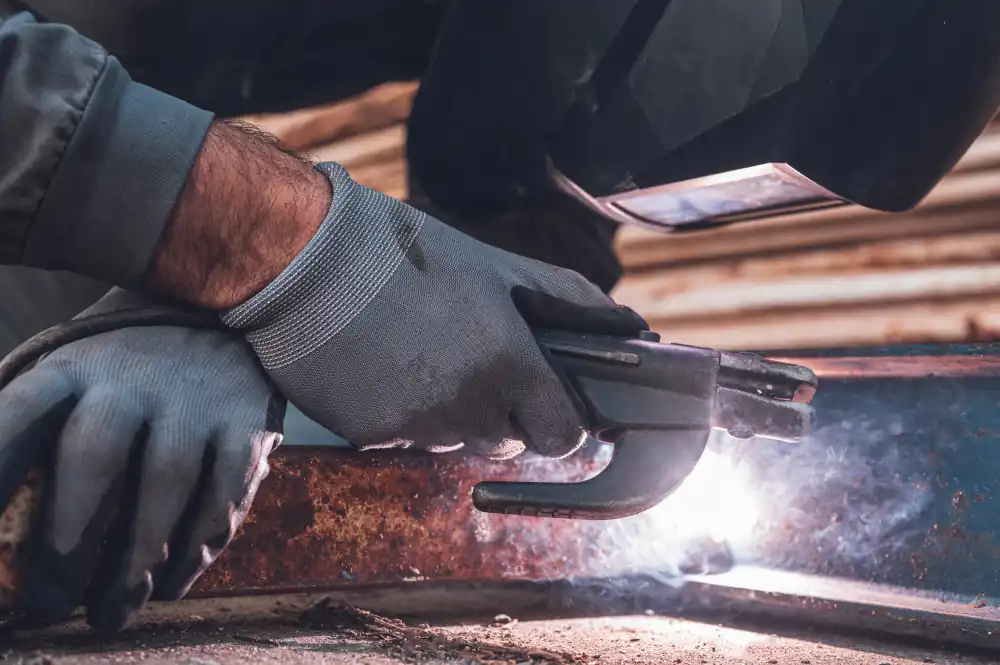
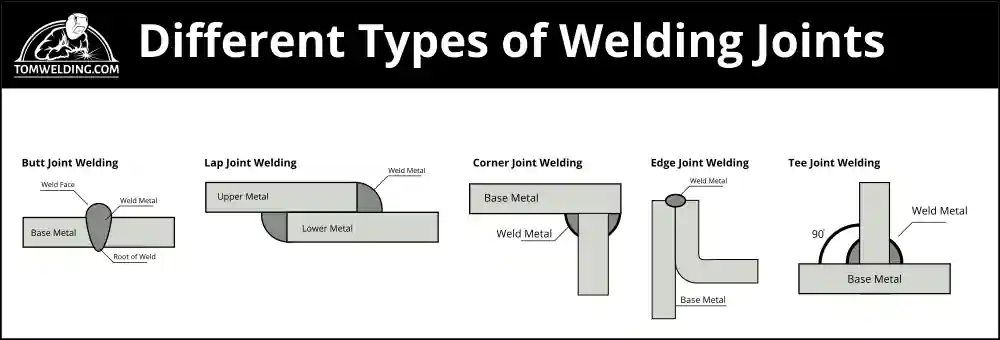
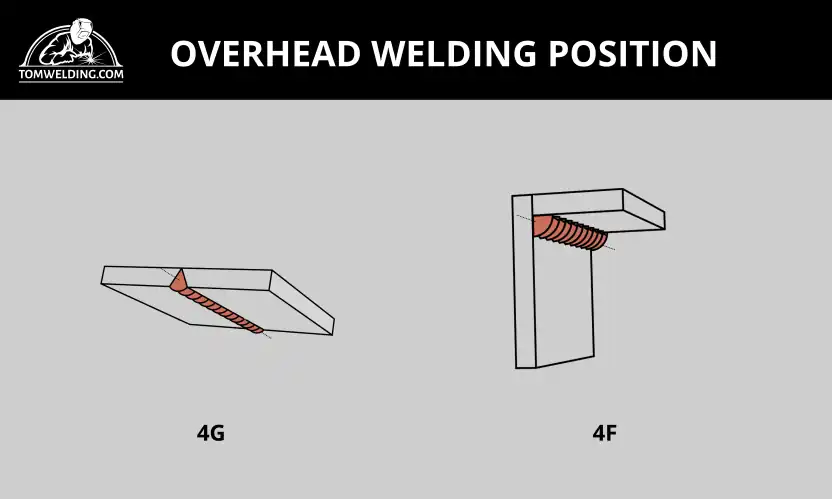
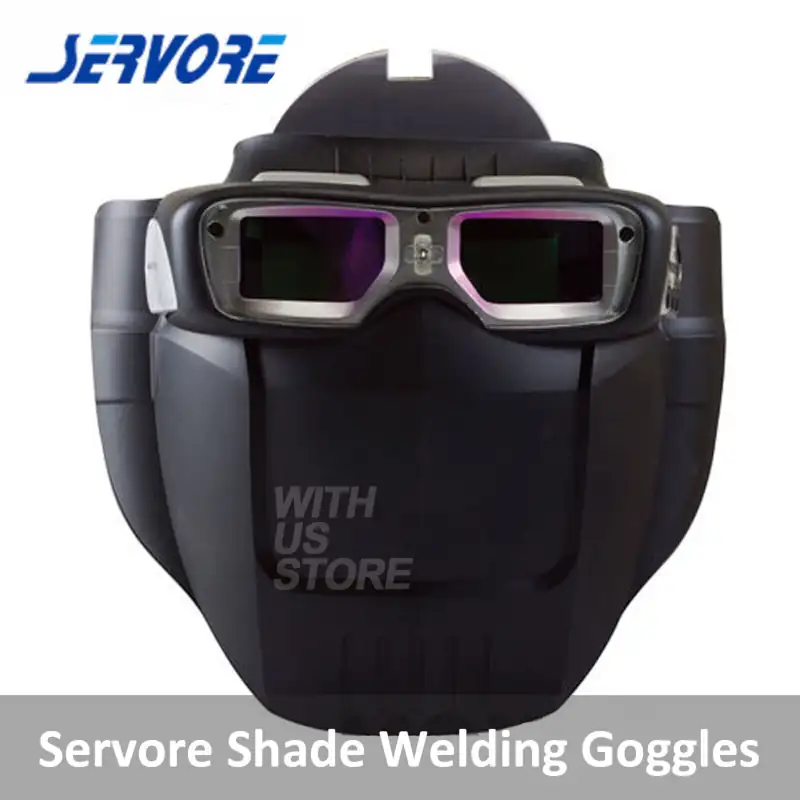

2 thoughts on “3 Types of Welding Gloves”